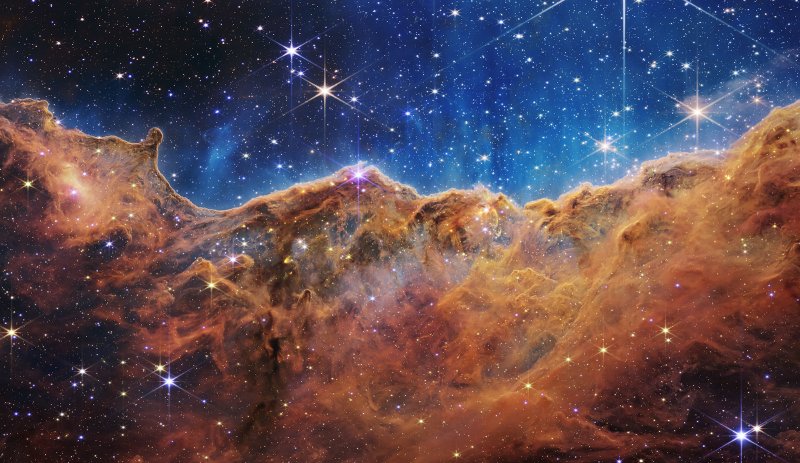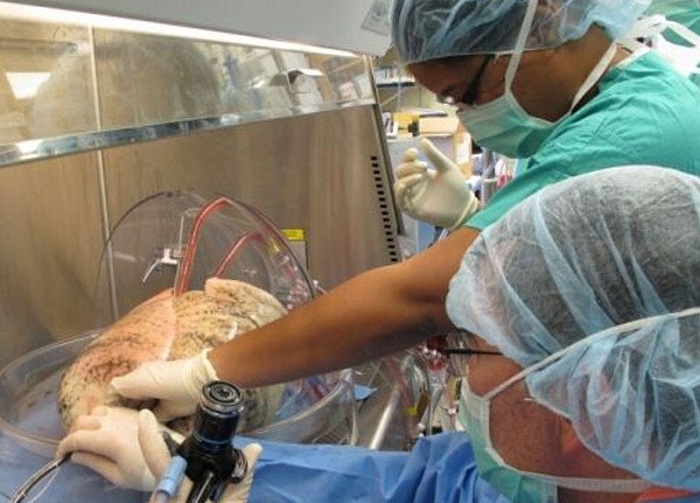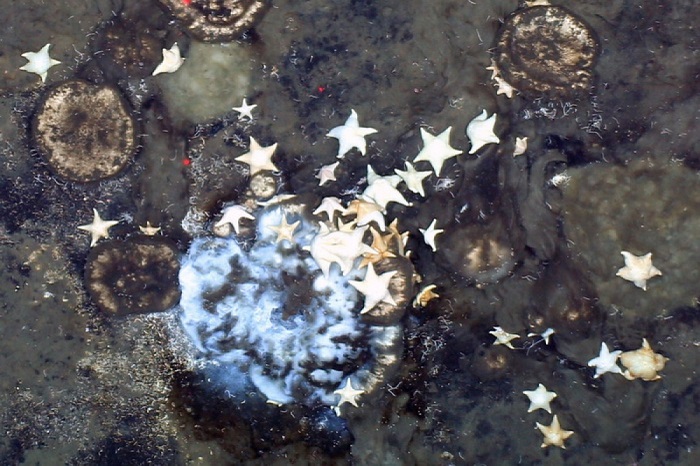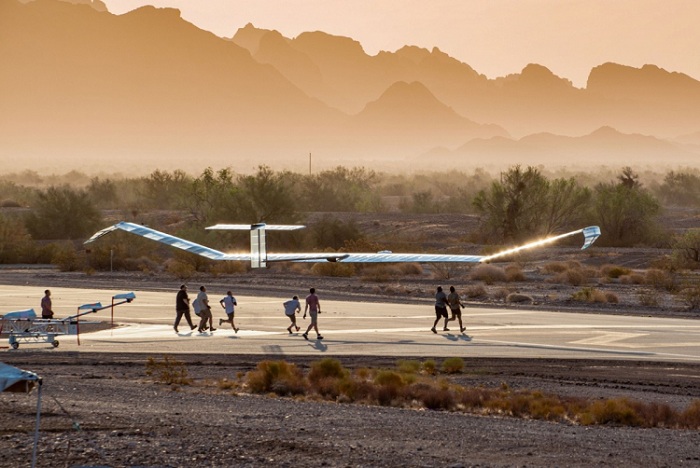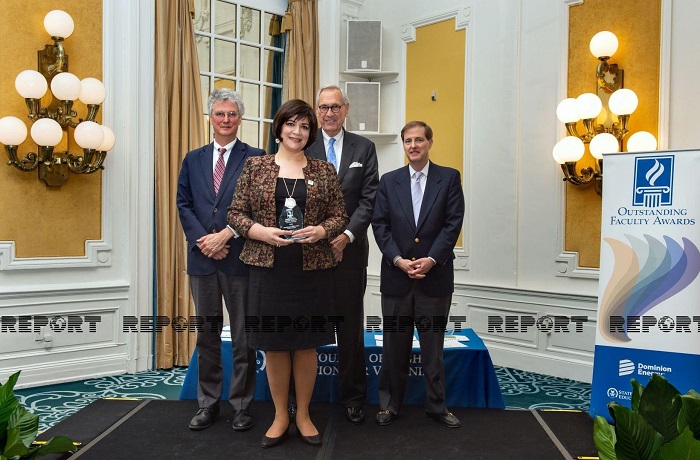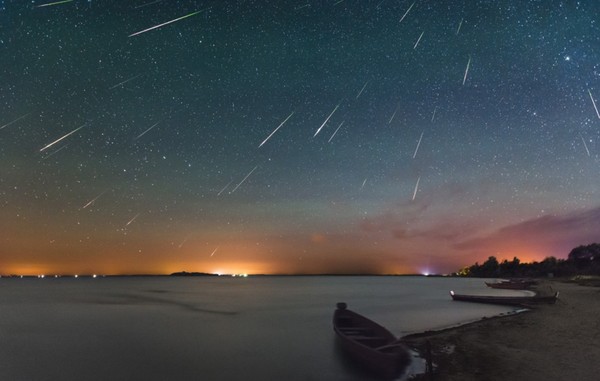
- A-
- A
- A+
Two starfalls are expected in October
Moscow planetarium announced a list of October 2019 events will be interesting for all astronomy lovers. In particular, experts mentioned that this month there are two starfalls - Draconids and Orionids.
The activity of Draconids, the first meteor shower in October, will begin on October 6, and will reach a maximum in three days. About ten “shooting stars” per hour will appear in the sky, and even it will be difficult to observe them, including in cloudless weather, since the moon during this period will be close to the full moon. However, some chance to see stars among residents of the Russian capital will appear on October 9 after one in the morning - at this time the Earth’s satellite will hide behind the horizon. Draconids, also known as Jacobinides, are a meteor shower associated with Comet 21P / Jacobini - Zinner. There were years when it was much more active than now - for example, the number of meteors per hour in 2011 reached three hundred, and in 1933 and 1946 - several thousand.
Orionids will be observed in the night sky from tomorrow, and their greatest number will be observed on October 21. There will also be few meteors - only about 20 per hour - however, to see they, most likely, will be somewhat easier - the moon will be in the phase of the last quarter. However, it will be located not far from the radiant, that is, the point at which the "shooting stars" will appear, and this may somewhat prevent them from being noticed. Orionid meteor shower is associated with Halley's Comet.
As in the case of other astronomical events, the visibility of the October starfalls will depend not only on the position and phase of the moon, but also on the weather and the point from where the observation will be made. Meteors can interfere, including urban lighting.
The message of the Moscow planetarium also notes that October 7 marks 60 years since the day when a person first saw the back of the moon. On this day in 1959, 1959, the Luna-3 automatic interplanetary station flew around the satellite, took pictures at a distance of 60 thousand kilometers and transmitted them to Earth.
Another anniversary, though not a round date, will be celebrated on October 4 - 62 years ago, the first artificial Earth satellite in the world was launched in the USSR, and this day marked the beginning of the cosmic era of mankind.
Similar News
Links

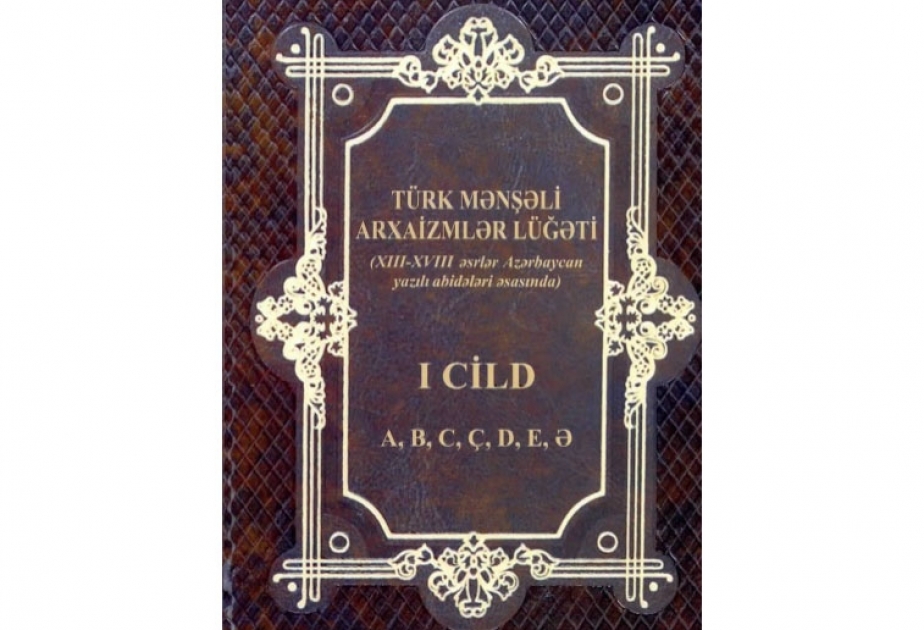

 Elm TV
Elm TV
 Photo
Photo
 Video
Video
